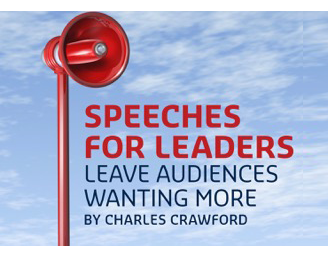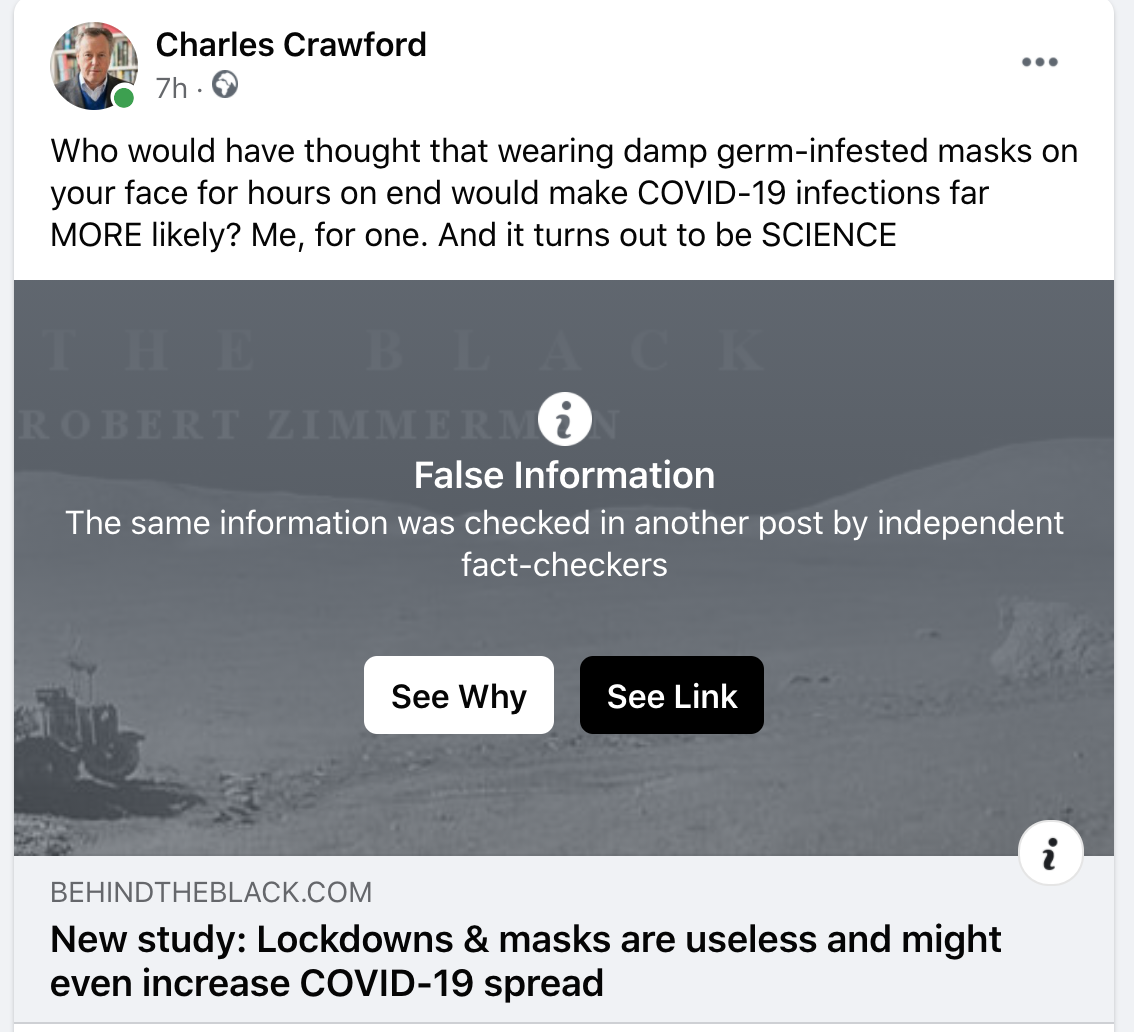How to tell if the state compelling us to walk around wearing moist unhygienic masks looking like muzzled dogs makes a scrap of difference in ‘fighting’ (sic) COVID-19?
Here’s a study (via a piece posted by Robert Zimmerman) that had unusually controlled conditions (US marines). His piece suggests that masks might even make the spread of COVID-19 rather more likely:
More significantly, the control group of Marines who did not participate in this study, and thus were not under the same strict lock down rules, actually saw fewer infections, as shown on the table from the study to the right. While the difference wasn’t very large, it existed nonetheless.
The study was published by the New England Journal of Medicine, not (as far as I know) a frothing outlet for #fakenews. Here is the original. The piece above looks at some data published in that study to draw one possible further conclusion about the utility of masks.
‘Common sense’ tells us that masks must (sic) make at least some difference to the spread of diseases. Why, that was figured out 100 years ago! Masks surely catch some germs going out and stop some germs going in amiright?
Well, no.
Masks also (perhaps, and depending on the way they’re made) are no less likely to collect and catch and spread germs rather than dispersing them into the air. This is why doctors need special training to use masks in operating theatres, in particular to discipline themselves not to touch the masks with their hands while wearing them. Otherwise there is, they’re taught, no real point.
Then there’s the human rights angle. It’s just about possible to have some ways of measuring credibly the spread and impact of COVID-19. But in the utilitarian calculations that we are told flow from the ‘advice’ given by government ‘scientists’, how to weigh the losses to freedom that the ensuing measures clunkily impose?
Anyway, I linked to that piece on Facebook, as Twitter is banned to me now.
And instantaneously this pops up. FALSE INFORMATION:
Wait … what?
Good grief!
What is going on that makes a Facebook ‘fact-checking’ algorithm spew out such things?
Facebook points you firmly in this direction:
Inaccurate: Scientific evidence indicates that wearing face masks effectively reduces the spread of COVID-19 by blocking viral transmission through respiratory droplets and some aerosol particles. However, wearing face masks only confers partial protection and should be combined with other public health measures, like physical distancing and good hand hygiene.
Misrepresents sources: The studies cited acknowledge that wearing face masks confers some degree of protection against COVID-19 or are inconclusive, but do not directly support the claim that face masks do not work.
Misrepresents a complex reality: Graphs correlating face masks mandates and COVID-19 infection rates in different countries do not take into account other factors that influence the course of the pandemic, such as additional public health measures or a country’s demographics.
OMG! What’s the right answer here?
KEY TAKE AWAY
A growing body of scientific evidence supports the use of face masks to reduce the transmission of viral respiratory infections like COVID-19. However, face masks only confer partial protection and should be combined with other public health measures, such as physical distancing and proper hand hygiene. Due to the use of a wide variety of face masks, more research is needed to assess the efficacy of different types of masks and mask material in various community settings, such as public spaces, schools, or workplaces.
Drill down into all the links given there and (of course) it turns out that there is no ‘growing body of scientific evidence’ that masks make a positive difference in reducing the transmission of things like COVID-19. There are only all sorts of studies that admit that the issue is next to impossible to prove as so many variables are in play at any one time. Thus the Nature piece:
To be clear, the science supports using masks, with recent studies suggesting that they could save lives in different ways: research shows that they cut down the chances of both transmitting and catching the coronavirus, and some studies hint that masks might reduce the severity of infection if people do contract the disease.
But being more definitive about how well they work or when to use them gets complicated. There are many types of mask, worn in a variety of environments. There are questions about people’s willingness to wear them, or wear them properly. Even the question of what kinds of study would provide definitive proof that they work is hard to answer. (YES. My emphasis).
“How good does the evidence need to be?” asks Fischhoff. “It’s a vital question.”
Indeed it is.
“There’s a lot of information out there, but it’s confusing to put all the lines of evidence together,” says Angela Rasmussen, a virologist at Columbia University’s Mailman School of Public Health in New York City. “When it comes down to it, we still don’t know a lot.”
Which is why almost anything published in this area is going to be open to attack for being methodologically unsound. Either the sample is too small or the variables are too variable or the ‘conclusions’ drawn from the data will be open to challenge.
For now, Osterholm, in Minnesota, wears a mask. Yet he laments the “lack of scientific rigour” that has so far been brought to the topic. “We criticize people all the time in the science world for making statements without any data,” he says. “We’re doing a lot of the same thing here.”
The odd thing about this Zimmerman posting is that the US marine testing study was done under as about as rigorous conditions as might be imagined. NB that study was not looking at the role of masks. But Zimmerman points to a non-trivial implication of the data produced that suggests that masks may not help:
One could argue that the overuse of masks probably contributed to the higher numbers in the study group, since even in this tightly controlled setting it is still impossible to expect people to wear masks properly. Even if they replaced them regularly, it is unrealistic to expect people to never touch them while they wear them. Over long periods the masks will become havens for the virus, where the person breathes.
It’s also fair to say that that sensible if not commendably cautious Zimmerman observation is not quite what his breathless headline on that post proclaims:
New study: Lockdowns & masks are useless and might even increase COVID-19 spread
Still, the substance of the piece looks to make as much sense as most ‘studies’ in this area do.
And it is obtrusive, objectionable and maybe even sinister that Facebook jumps in on my timeline without permission and hoots that this is FALSE INFORMATION.












If you really want to know why the Robert Zimmerman blog is considered misleading, it's because this study does NOT disprove the effectiveness of Covid safely measures.
Robert Zimmerman misread the study. In fact, ALL Marine recruits from both groups (participants and nonparticipants) were instructed to follow safely measures against Covid.
"ALL recruits wore double-layered cloth masks at all times indoors and outdoors, except when sleeping or eating; practiced social distancing of at least 6 feet; were not allowed to leave campus; did not have access to personal electronics and other items that might contribute to surface transmission; and routinely washed their hands. They slept in double-occupancy rooms with sinks, ate in shared dining facilities, and used shared bathrooms. ALL recruits cleaned their rooms daily, sanitized bathrooms after each use with bleach wipes, and ate preplated meals in a dining hall that was cleaned with bleach after each platoon had eaten. Most instruction and exercises were conducted outdoors. ALL movement of recruits was supervised, and unidirectional flow was implemented, with designated building entry and exit points to minimize contact among persons."
The difference between the two groups is NOT due to differences in measure-taking against Covid.
Thanks for linking the article so I could read it myself.
Putting aside the scientific effectiveness of masks there is I think a placebo effect. Wearing encourages people to adhere to other effective disease-control measures like the use of hand santisers and using contact tracing methodologies like QR codes.